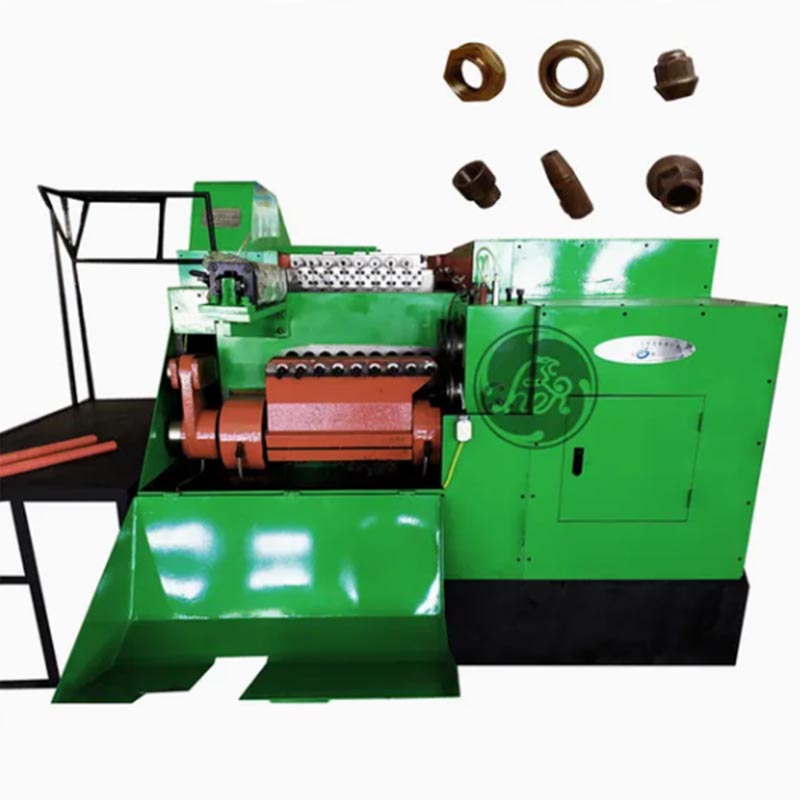How to Choose Nut Part Making Machine
2025-07-07
Choosing the right nut part making machine is critical for ensuring efficiency, precision, and cost-effectiveness in manufacturing. Nut parts are usually cold or hot formed using specialized machines like nut formers or nut tapping machines. Here’s a detailed guide on how to choose the right nut part making machine:
1. Determine the Type of Nut to Be Produced
Hex nuts, square nuts, flange nuts, cap nuts, etc.
Material: Carbon steel, stainless steel, brass, etc.
Size range: M3–M30 or larger
This helps define the required machine size, forming capabilities, and tooling.
2. Choose the Right Forming Process
Cold Forming Machine: Suitable for high-volume, high-speed production of small to medium-sized nuts.
Hot Forging Machine: Ideal for large nuts or special materials that require heating to form.
CNC Lathe or Machining Center: Used for low-volume production or special-shaped/custom nuts.

3. Key Machine Types
Nut Former: Multistation machine that forms nuts from wire or rod material.
Nut Tapping Machine: Adds internal threads after forming.
Nut Drilling Machine: Drills the hole before threading.
Thread Rolling Machine: Creates external threads if needed.
4. Consider Production Volume
High-volume production: Multi-station cold formers and automatic tapping machines.
Low to medium volume: Semi-automatic or manual machines may be sufficient.
5. Check Technical Specifications
Capacity (e.g., tonnage, max nut size)
Speed (nuts per minute)
Stations (for forming complex shapes)
Feeding system (manual or automatic)
Tooling compatibility and changeover time
6. Automation and Control System
Opt for machines with PLC control, automatic feeding, and error detection systems for better efficiency and reduced labor.
7. Machine Build Quality and Brand Reputation
Choose machines from reputable manufacturers known for durability, precision, and service support.
Look for quality certifications like ISO or CE.
8. After-Sales Support
Spare parts availability
Technical support and training
Maintenance and repair services
9. Cost vs. ROI
Balance upfront investment with long-term productivity, maintenance costs, and efficiency.
10. Safety and Compliance
Ensure the machine complies with local and international safety standards and has necessary guarding and emergency features.
In summary, your decision should be based on nut size, material, production quantity, budget, and the complexity of the nut design. A well-chosen machine enhances productivity, reduces defects, and lowers production costs.


